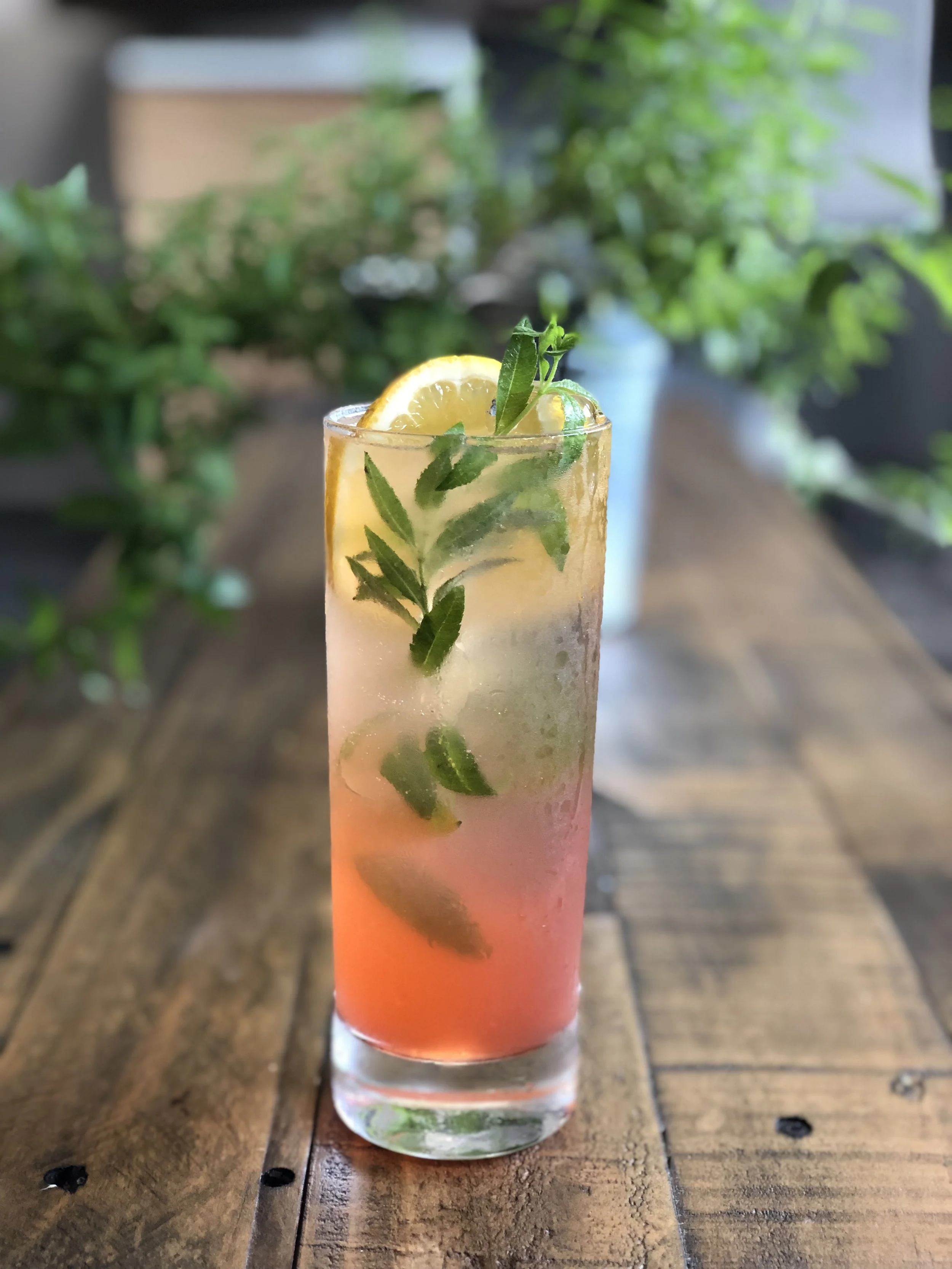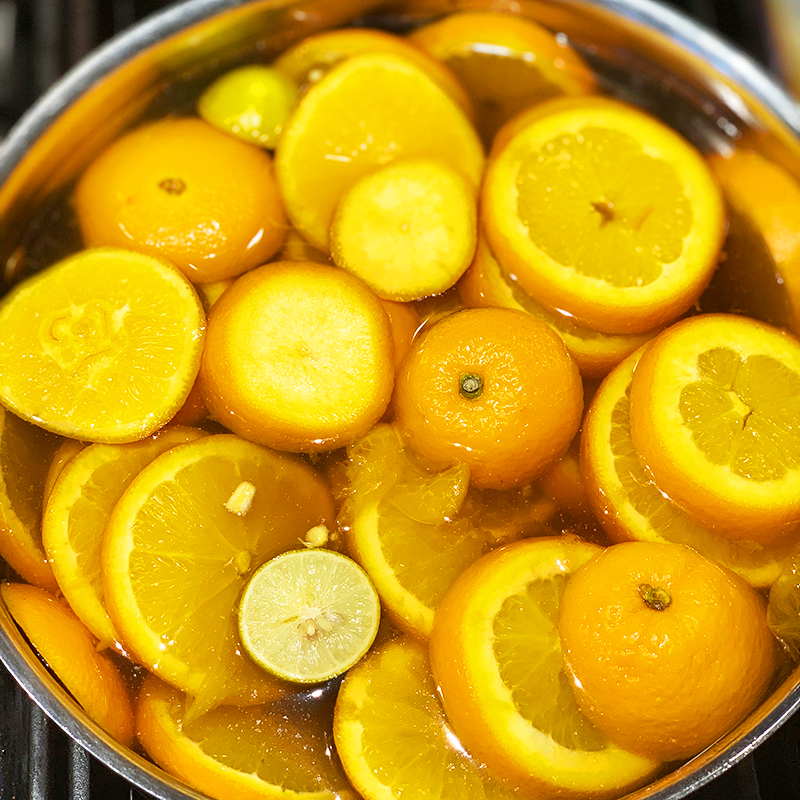Tonic
/I love tonic water. It adds so much to a cocktail—bitter, sweet, sour, salt—all packed in one neat little bottle. My favorite part of making tonics is the fact that as long as you have the essential ingredients, you can add any other flavors you dream of to make it unique and beautiful. The basic essential ingredients to any tonic are quinine, sweetening agent, citric acid, salt and, of course, a liquid (more often than not water will be the liquid).
Let me pause here for a moment to give you a stern warning regarding quinine. Quinine is an alkaloid derived from the bark of the cinchona tree and has been used to treat malaria since the 1820s. It is currently listed as one of the world’s most effective and safe medicines according to the World Health Organization. That being said, quinine alkaloids can quickly build up in your body and an overdose will cause a pathological condition called cinchonism which causes temporary deafness, ringing in the ears, headache, dizziness, vomiting, and rash. Those are just the acute side effects. So, it goes without saying (but I am saying it here to be as clear as possible), the most important thing when making your own tonics is producing something that will taste great and not make anyone sick. The easiest way to avoid something as terrible as cinchonism is to measure everything, and strain and strain again, because it is the bark particulates that can really cause an issue in homemade tonics. I use a 0.5 micron filter bag for this purpose, and I strain the quinine out before adding the sweetening agent as to not clog the filter. If you have coffee filters at home, they are 20-micron filters, so the smallest particles will always pass through, just so you are aware.
Back to the fun part, being creative. Here is a basic recipe for tonic water with some flavor suggestions, use them in full or use them as guidance where you can plug in your own spices, botanicals, citrus and fruits.
Ingredients:
12 cups water
1/3 cup quinine bark (cut and sifted)
2 tbsp kosher salt
½ tsp each dried spice (for example: black peppercorn, ground ginger, fenugreek, cardamom, cinnamon, dried basil)
Fresh citrus or fruit (for example: the peel and juice of 2 lemons, 4 peaches pitted and diced, the peel and juice of 2 limes)
¼ cup citric acid
6 cups sugar (or any sweetening agent you prefer)
Direction:
Bring all ingredients except the sugar to a boil in a 6-quart stock pot and reduce to a simmer for 5 minutes.
Remove from heat and strain through a fine mesh sieve into a heat resistant container with handles (preferably another pot) and discard the solids.
Clean out the original cooking pot and strain the tonic through a filter bag back into the cooking original pot
Bring the tonic back to a simmer and add the sugar
Remove from heat and cool
After the tonic is cool enough to handle, funnel into bottles or storage container of your choice and store in the fridge
One way to use your tonic is in the classic g&t by mixing equal parts gin and tonic in a glass, topping with soda water and garnishing with something that compliments your tonic and looks beautiful. What I love most about this tonic though is the fact that you can use it in all kinds of cocktails in place of simple syrup to add depth and complexity.
Citations:
English, Camper. “Potential Dangers of Homemade Tonic Water.” Alcademics, 4 Aug. 2014, www.alcademics.com/2014/08/potential-dangers-of-homemade-tonic-water.html.
“Quinine.” Wikipedia, Wikimedia Foundation, 1 Aug. 2019, en.wikipedia.org/wiki/Quinine.
“Cinchonism.” Wikipedia, Wikimedia Foundation, 18 July 2018, en.wikipedia.org/wiki/Cinchonism.
“Cinchonism.” Merriam-Webster, Merriam-Webster, www.merriam-webster.com/dictionary/cinchonism.



